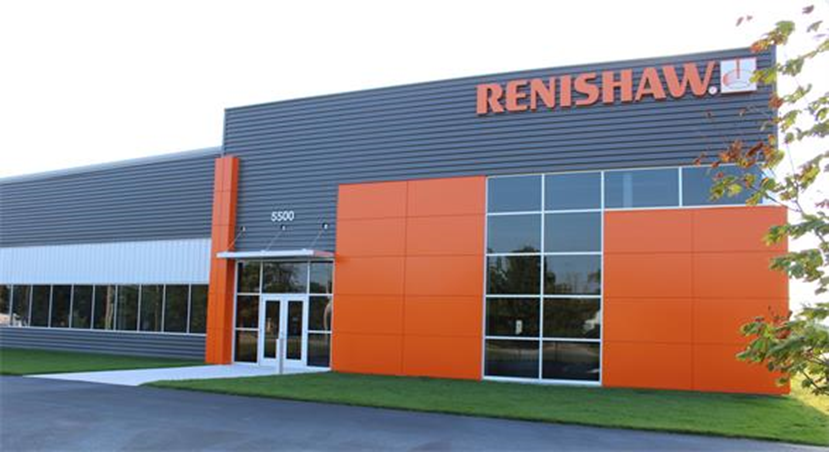
Charles R. Goulding digs into Renishaw’s end of its search for a buyer.
Renishaw’s management just announced that they are terminating the current business sale process because no buyer emerged that met their criteria. The criteria included a commitment to maintaining UK jobs and sustaining the annual R&D budget which, at 16 to 18 percent of sales, is one of the strongest corporate commitments to R&D – especially for an industrial company.
We have previously written about the potential sale and Kerry Stevenson of Fabbaloo wrote an article announcing the sale. The company’s sales condition requirements effectively eliminated private equity buyers which are currently cash-laden and very active. Renishaw is publicly traded and selling at 30 times earnings which limits publicly traded buyers who would be unwilling to dilute their own earnings per share. For example, Siemens, the large German industrial who would be able to execute the purchase, was rumored to be evaluating the company at 24 times earnings.
Sometimes the best way to get a new deal initiated is to break the old deal and this may be the eventual result of the sale termination announcement. One alternative option may be a breakup into separate business segments which would be more appealing to buyers committed to that business sector. For instance, Renishaw’s well-regarded coordinated measurement machine business has limited synergy with its 3D printing segment.
The Research & Development Tax Credit
The now permanent Research and Development (R&D) Tax Credit is available for companies developing new or improved products, processes and/or software. Eligible costs include U.S.-based employee wages, cost of supplies consumed in the R&D process, cost of pre-production testing, contract research expenses, and certain costs associated with developing a patent. As of 2016, eligible startup businesses can use the R&D Tax Credit against $250,000 per year in payroll taxes.
3D printing can help boost a company’s R&D Tax Credits. Wages for technical employees creating, testing and revising 3D printed prototypes can be included as a percentage of eligible time spent for the R&D Tax Credit. Similarly, when used as a method of improving a process, time spent integrating 3D printing hardware and software counts as an eligible activity. Lastly, when used for modeling and preproduction, the costs of filaments consumed during the development process may also be recovered.
Whether it is used for creating and testing prototypes or for final production, 3D printing is a great indicator that R&D Credit eligible activities are taking place. Companies implementing this technology at any point should consider taking advantage of R&D Tax Credits.
Conclusion
With two octogenarian owners holding 53% of the stock ownership change will occur at this company. In a time of labor shortage, a 5,000-employee engineering company is a very valuable property.
